8 perennial vegetables that can give you harvests for years – as recommended by a professional gardener
Discover some popular perennial vegetables, along with a few unique ones, you may want to add to your growing list this year


There are real advantages to adding perennial vegetables to a garden. There is a good range to choose from that are often easy to cultivate and look after. On top of that, they will provide you with harvests for many years.
Perennial vegetables featured prominently in all the vegetable and kitchen gardens I have worked in. Those low-maintenance and dependable plants reliably provide you with harvests over a long period each season - including during the hungry gap.
Some perennial vegetables are highly sought-after, like asparagus, while others are less well-known. Here are some fantastic perennial vegetables I have grown, maintained, and harvested in vegetable gardens over the years.
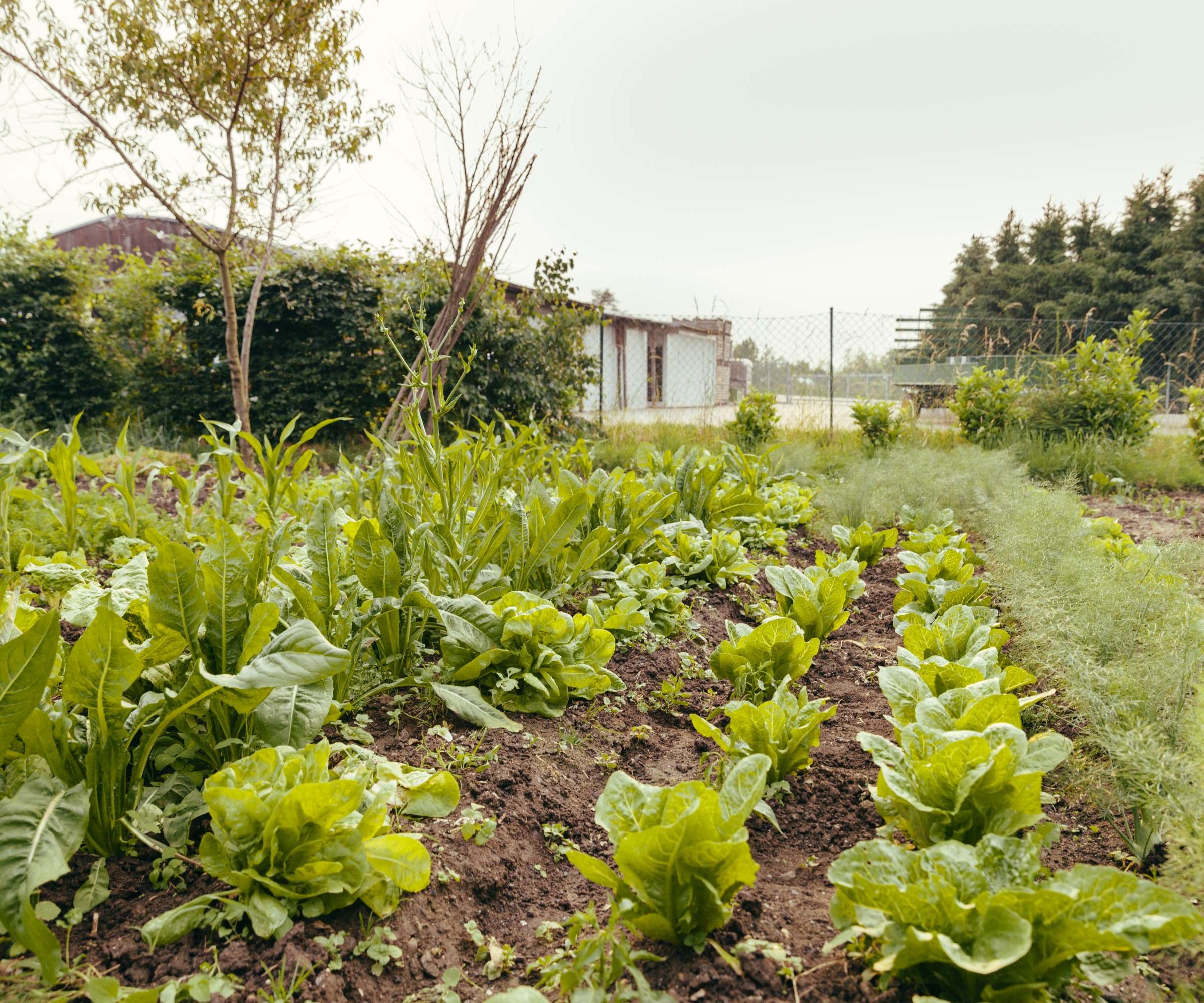
What are perennial vegetables?
Perennial vegetables are plants that will provide you with harvests year after year. Once added to a kitchen garden, they will reliably grow each year to be cropped and then go dormant again. If you plan to start a vegetable garden, adding perennial vegetables is well worth considering.
While all of your annual crops will need seed sowing, potting on, and planting - which can take up a lot of time and space - these perennial crops will do their thing without too much trouble.
There is a good selection of perennial vegetable plants you can consider putting in your kitchen garden. Here is a list of perennial vegetables I have found easy to grow and high-yielding.
Asparagus
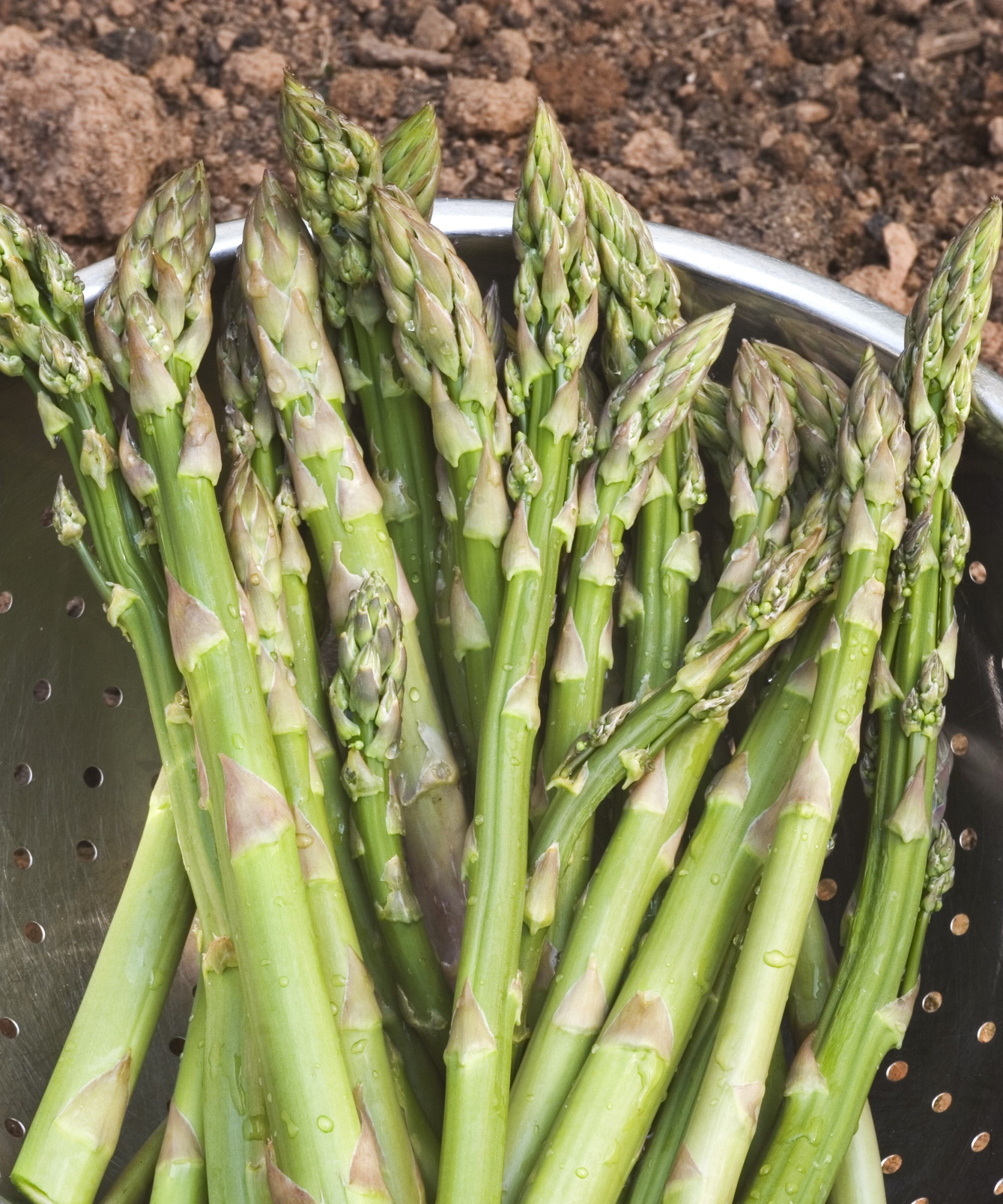
Asparagus is arguably the most desirable perennial vegetable and everyone undoubtedly looks forward to the season starting in spring.
Growing asparagus is a long process, as it does take two years to go from planting asparagus crowns to getting the first harvest. That wait is well worth it, asparagus is perennial and will provide harvests year after year for up to 20 years.
The crop is simple to look after, you should fertilize asparagus each spring and then harvest it during the 6-8 week season in spring and early summer. Then let the plants continue to grow and store energy for next year, before you cut back asparagus ferns in fall.
You can see a range of asparagus plants and seeds available at Burpee
Sea kale

Sea kale might not be a vastly well-known vegetable, but it is a stunning plant that produces edible shoots and leaves. The tender young shoots which appear in spring are like asparagus, while the fully-grown leaves taste like cabbage or kale.
Sea kale is a historic plant that has been grown and eaten for centuries and, while not a common sight in vegetable gardens, it has featured in my kitchen gardens - chefs particularly liked the tender spring shoots that you could force in the same way as growing forced rhubarb.
Sea kale wants to grow in a sunny spot and a well-draining soil type. Plants can be bought as young plants or grown from plant cuttings or seeds, such as these sea kale seeds at Amazon.
Artichokes

There are a couple of different types of perennial artichokes. Firstly, globe artichokes are the simplest to grow. These tall plants are both ornamental and edible, looking as good in a flower bed as in a vegetable garden.
Another historic crop, the plants reach heights of six feet each year and are grown for their edible buds. Artichokes are perennial in US hardiness zones 7-11 and can be purchased from nurseries or garden centers or grown from seed. They are drought-tolerant vegetables once established and artichokes are in season in summer.
Jerusalem artichokes and Chinese artichokes can both be perennial vegetables, when you harvest tubers any left in the ground will grow to produce a crop the following year.
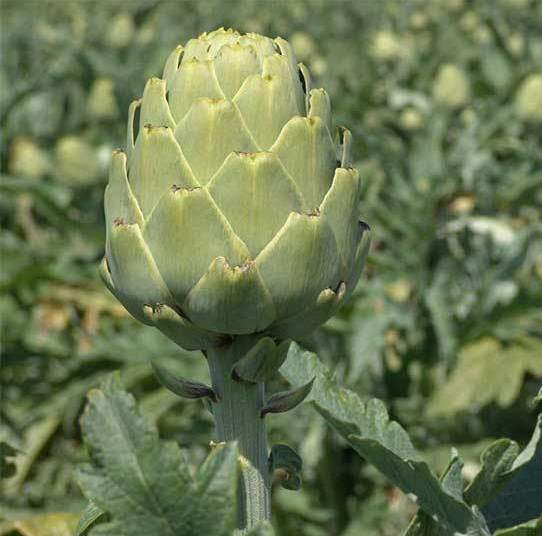
A hybrid variety that produces large and uniform artichoke bulbs in around 80-120 days - and is suited to being grown as an annual.
Good King Henry
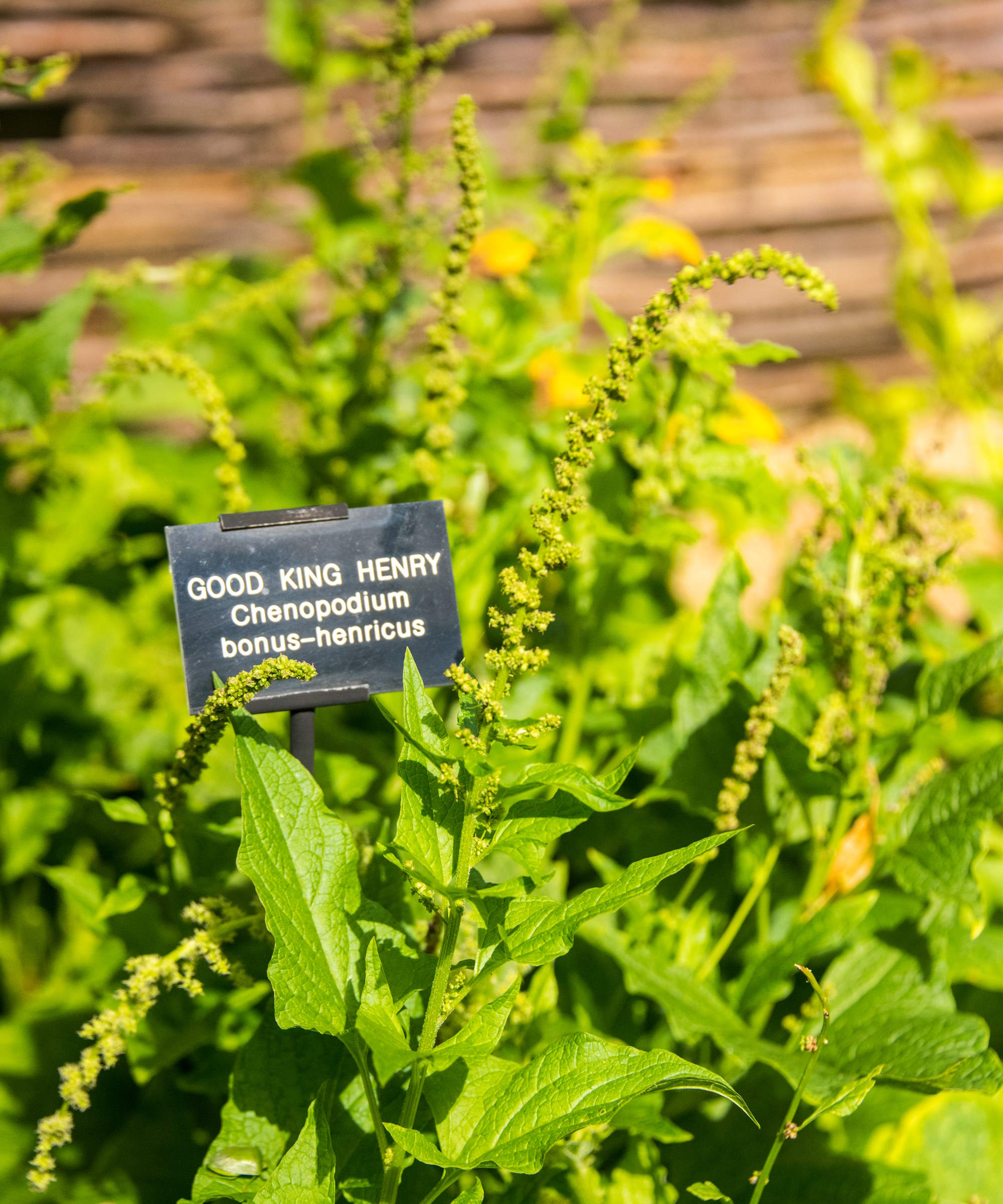
There will likely be many people out there wondering, what is Good King Henry? It is a perennial also known as poor man’s asparagus or wild spinach that has been around for hundreds of years, but has become overshadowed by spinach as a leafy green.
It is a prolific plant that produces large and flavorful leaves which are edible, as well as stems. Good King Henry is hardy in US hardiness zones 4-8 and wants to grow in full sun.
You can buy Good King Henry seeds to sow, which will want to undergo a period of cold stratification before being sown indoors or outdoors. One example is these Good King Henry seeds, available at Amazon.
Perennial onions
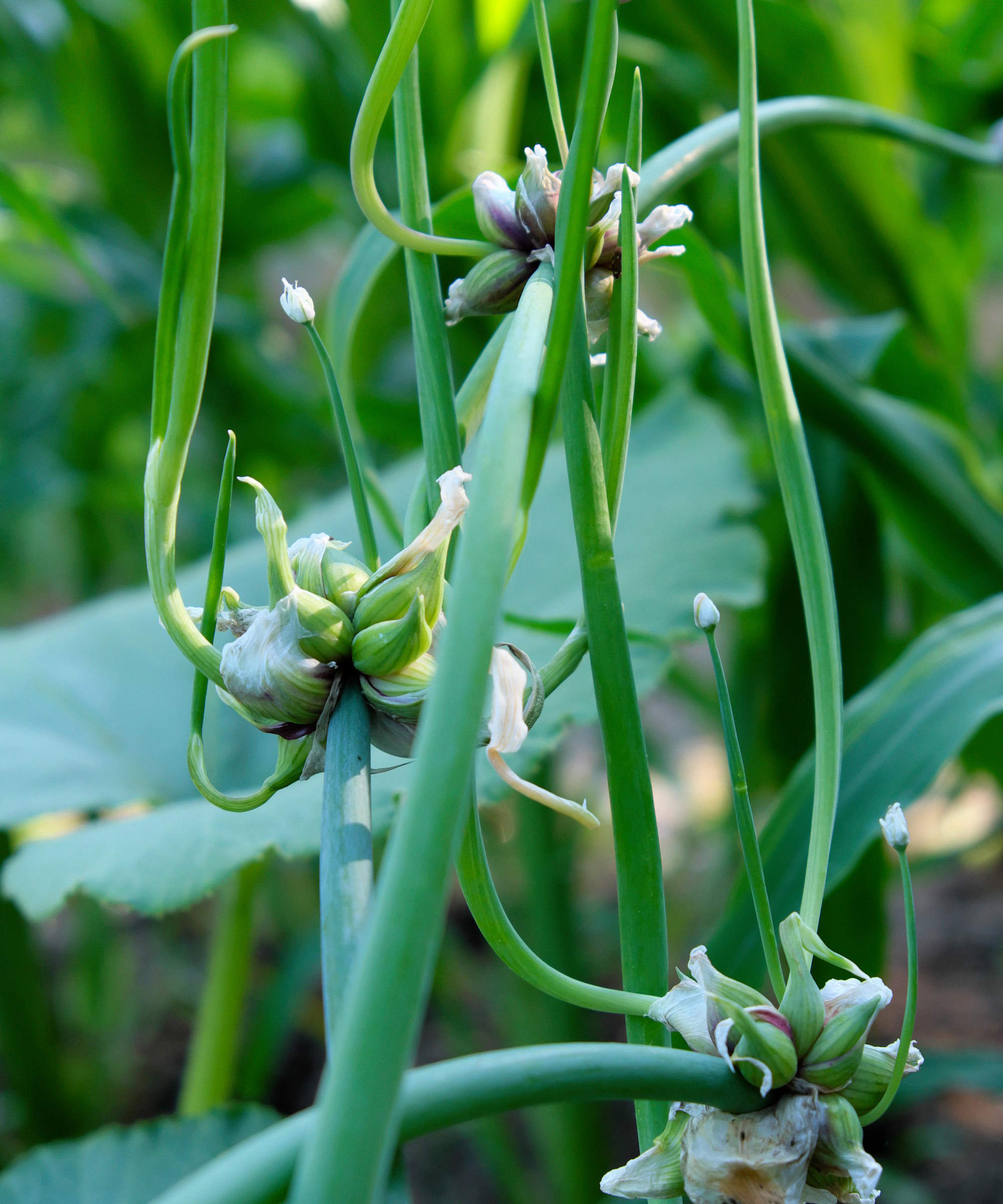
There are a few novel options for perennial onions to plant in a vegetable garden, as an alternative to grow alongside a staple onion crop each year.
It includes Egyptian walking onions, so named for their prolific ability to spread, which produce edible bulbs and stems. The walking onions also grow top clusters of tiny onion bulbs that can be eaten or planted to propagate more - often they will fall on their own to self-seed.
I also grew Welsh onions, a perennial onion grown for their stems and a plant that develops into a large clump over time. Alternative perennial onions include the prairie onion, everlasting onions, and potato onions.
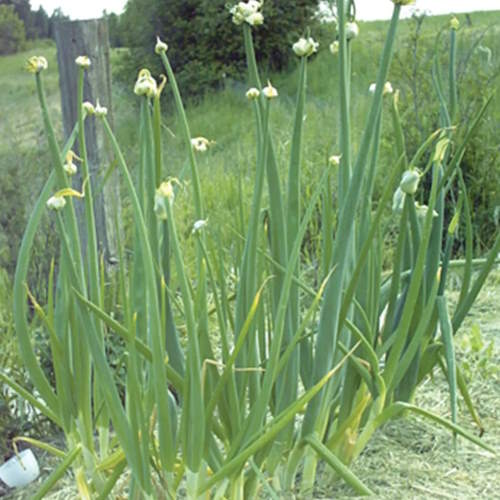
A bundle of 5 plants of this heirloom perennial onion that 'walks' across the ground as it grows season to season.
Perennial Kale
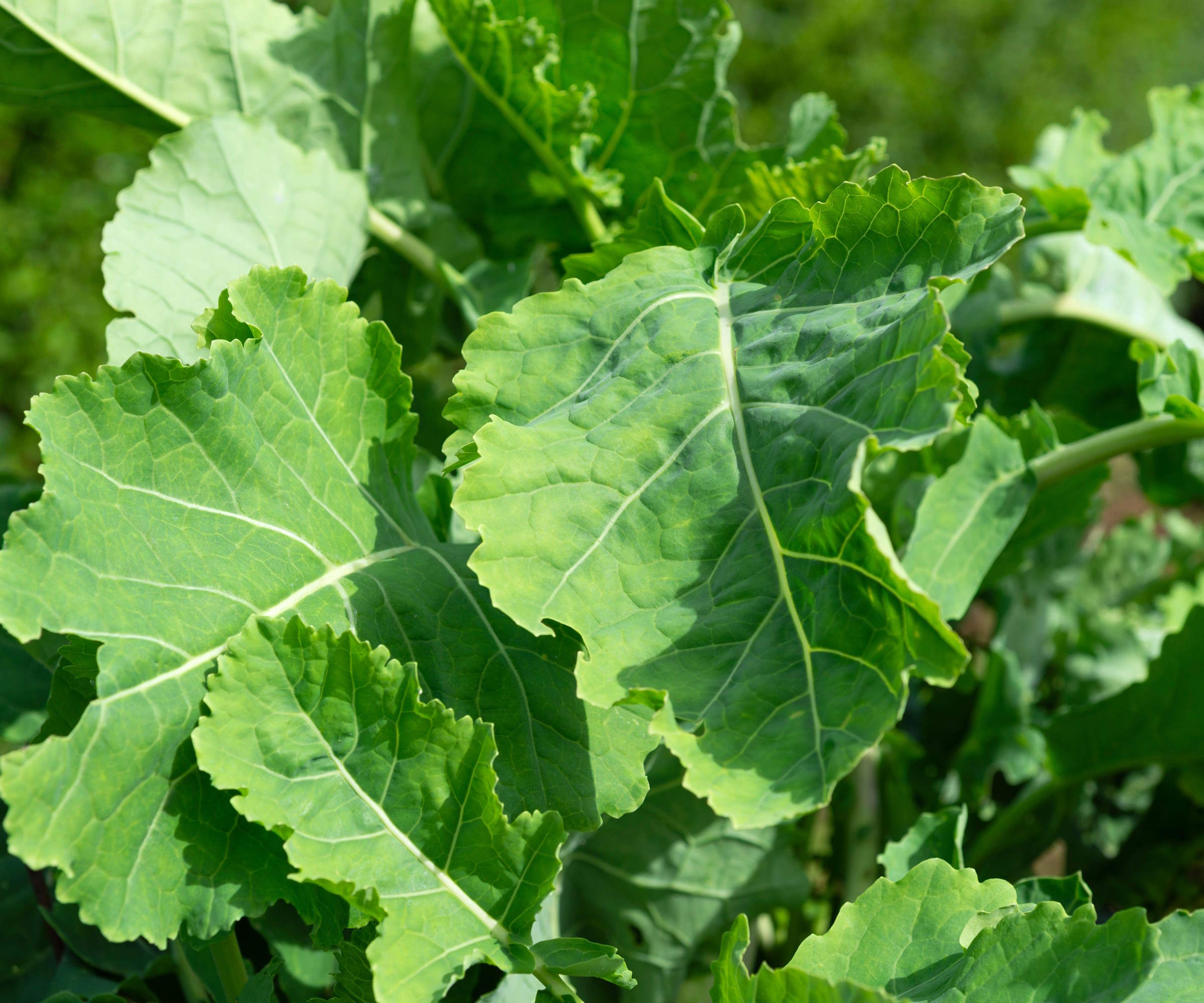
If you grow kale you will already know the varieties you can choose from - there are different colors, sizes, and leaf shapes to pick. There is also the option to grow perennial kale and one plant can provide you with leaves to harvest for five years - but you can also grow new plants easily by cuttings.
Perennial kale can be a fantastic choice for anyone with a small vegetable garden as you can get a great harvest when short of space. The most well-known varieties of perennial kale are ‘Daubentons Kale’ and ‘Taunton Deane Kale’.
Plants can grow very tall and are fully hardy, but do need covering with netting during the season to protect them from being nibbled by birds or attacked by insects.
Perennial broccoli
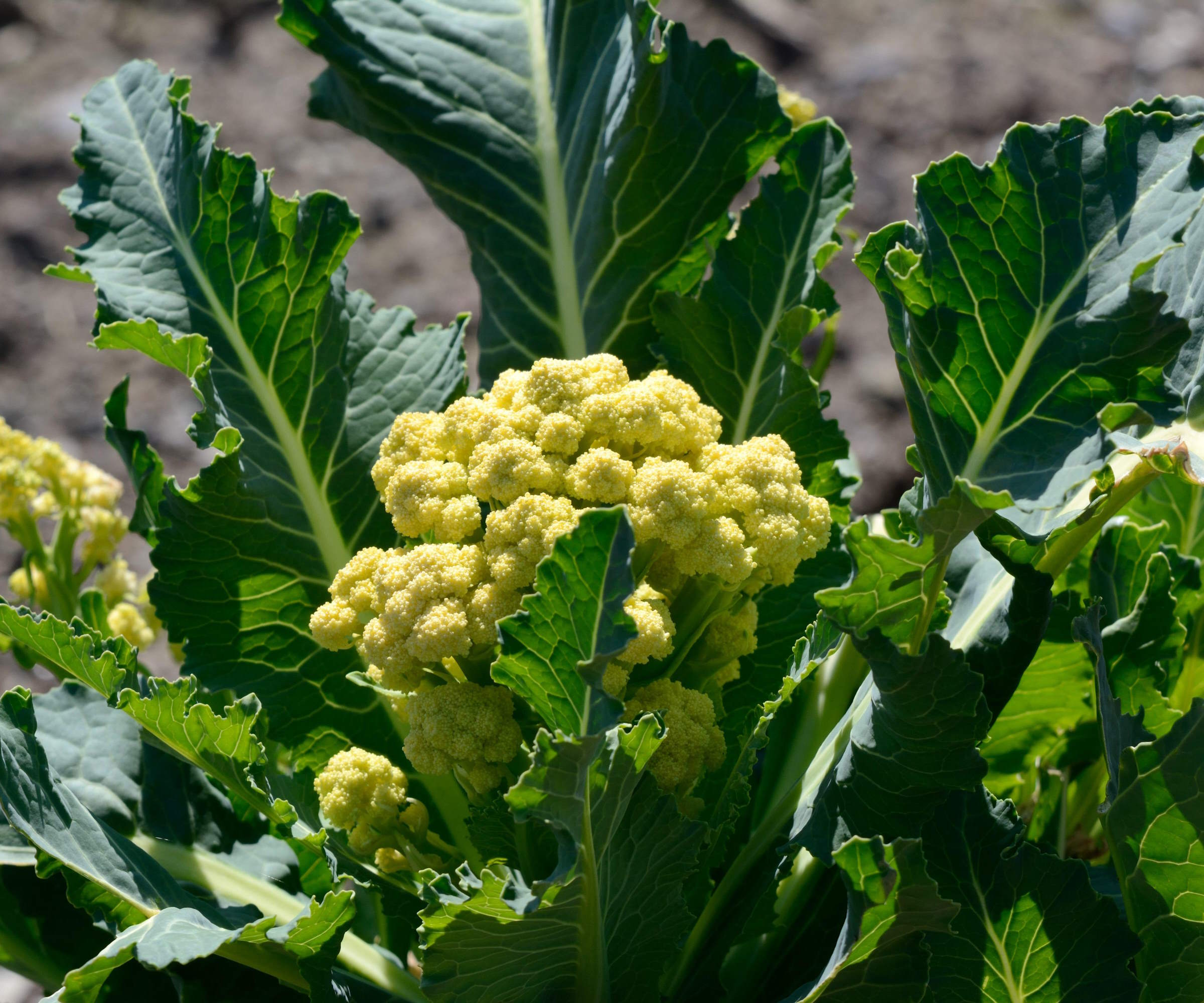
Perennial ‘Nine Star’ broccoli is a low-maintenance brassica that can give you a main head of broccoli followed by harvests of small sprouting florets for up to five years. Harvest them regularly and new shoots will develop to replace them and give you a long supply of florets.
The florets are similar to those you get from purple sprouting broccoli - but more creamy white in color than the usual green you expect with growing broccoli. Picking them regularly is very important. Not harvesting them will lead the plant to go to seed, which will cause its demise. Plant the perennial broccoli in a sunny spot in the backyard and be prepared for a long harvest of broccoli florets.
Rhubarb
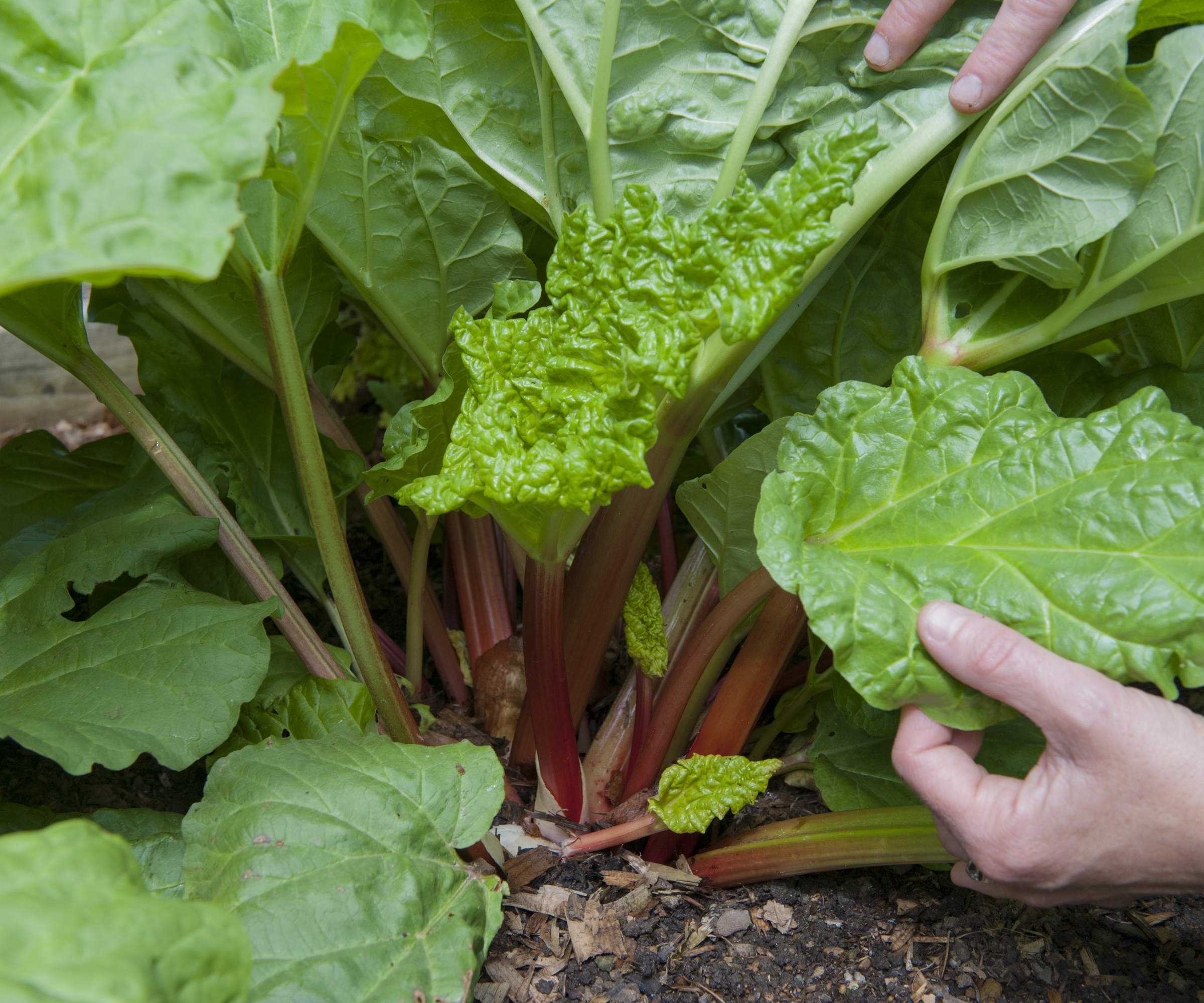
Most people think rhubarb is a fruit, but it is actually technically a vegetable - and what a fantastic perennial vegetable it is. This large perennial can grow to three feet high and wide and its vibrant stems are a real delicacy in spring and early summer. You can even force rhubarb for earlier and sweet stems.
A rhubarb crown can be productive for many years but it does take patience to start with. Stems should not be picked the first year after planting rhubarb and it will take until the third year to get a decent rhubarb harvest.
Plant rhubarb crowns - either young plants or dormant crowns - in a sunny spot in fall or spring. Rhubarb can be grown from seed but it will take many years to get established and ready to pick.
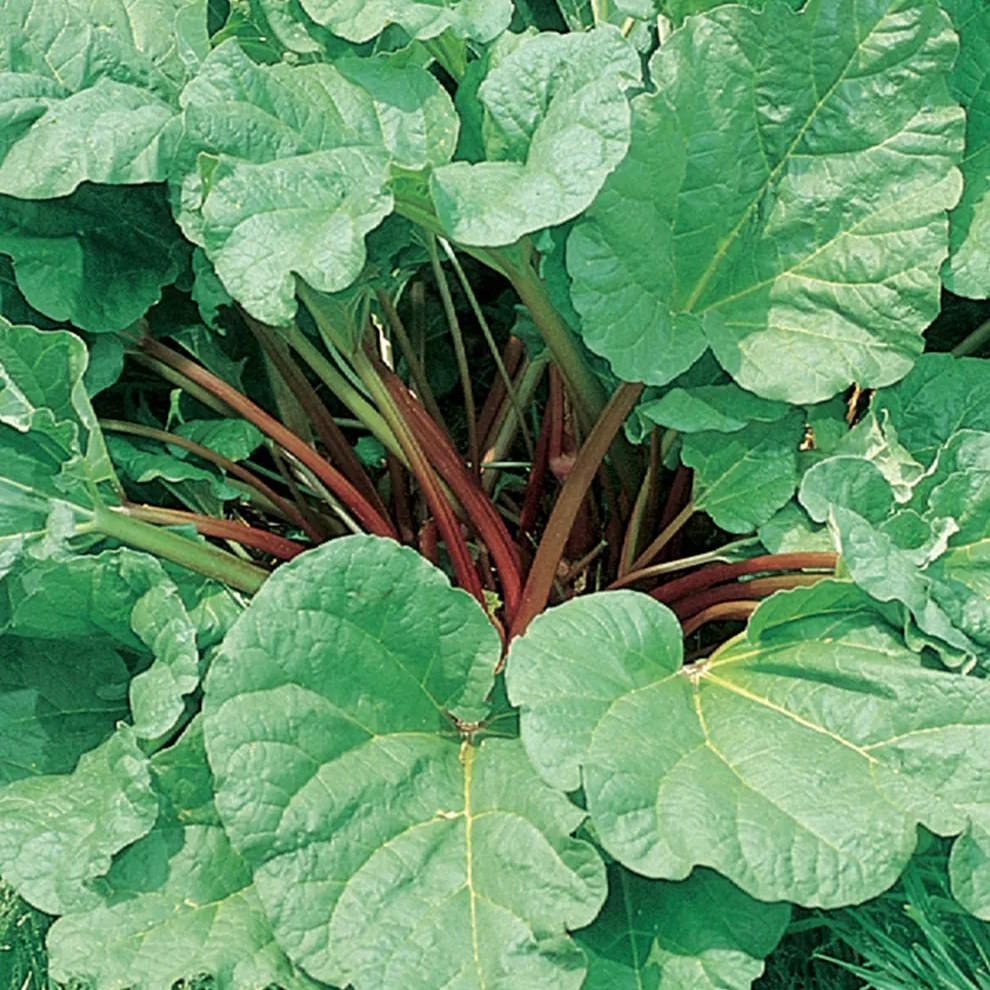
Rhubarb 'Victoria' produces prolific green stalks with a red blush that are noticeably sweeter and milder than other varieties.
FAQs
Are peppers perennial?
Peppers are grown as annuals by many gardeners, but the plants are actually tender perennials. It is possible to overwinter pepper plants by bringing them indoors into a warm and protected position to continue growing. Or lift and prune plants to store over winter for them to sprout again come spring.
Can cucumbers be perennial?
No, cucumbers are half-hardy annual plants whose lifecycle lasts just one year. They cannot be grown as perennials and you do need to sow seeds and plant cucumbers each season to get plants.
Are eggplants perennial?
Eggplants are perennial plants in their native tropical climates, but their lack of cold tolerance means most growers treat them as annuals. It is possible to experiment with growing eggplants as perennial plants if you live in a hot US hardiness zone.
If you seek out unique and creative planting ideas, perennial edibles can be regarded as a vegetable garden hack to save money and be more sustainable. Some perennial vegetables are also suited to pots if you are short of ground space. Plant them once and get harvests for years to come, what is there not to like about that?
Sign up to the Homes & Gardens newsletter
Design expertise in your inbox – from inspiring decorating ideas and beautiful celebrity homes to practical gardening advice and shopping round-ups.

Drew’s passion for gardening started with growing vegetables and salad in raised beds in a small urban terrace garden. He has worked as a professional gardener in historic gardens and specialises in growing vegetables, fruit, herbs, and cut flowers as a kitchen gardener. That passion for growing extends to being an allotmenteer, garden blogger, and producing how-to gardening guides for websites. Drew was shortlisted for the New Talent of the Year award at the 2023 Garden Media Guild Awards.
-
 Where can you buy Benjamin Moore paint? Here's all you need to know about browsing and shopping this much-loved brand
Where can you buy Benjamin Moore paint? Here's all you need to know about browsing and shopping this much-loved brandLooking to buy Benjamin Moore paint? These are the best ways to get your hands on this iconic paint brand
By Emily Moorman
-
 I tried the Pomodoro Technique to blast through my spring cleaning to-do list – now I'll always rely on it to banish procrastination
I tried the Pomodoro Technique to blast through my spring cleaning to-do list – now I'll always rely on it to banish procrastination25 minutes is more than enough to make a real difference
By Ottilie Blackhall